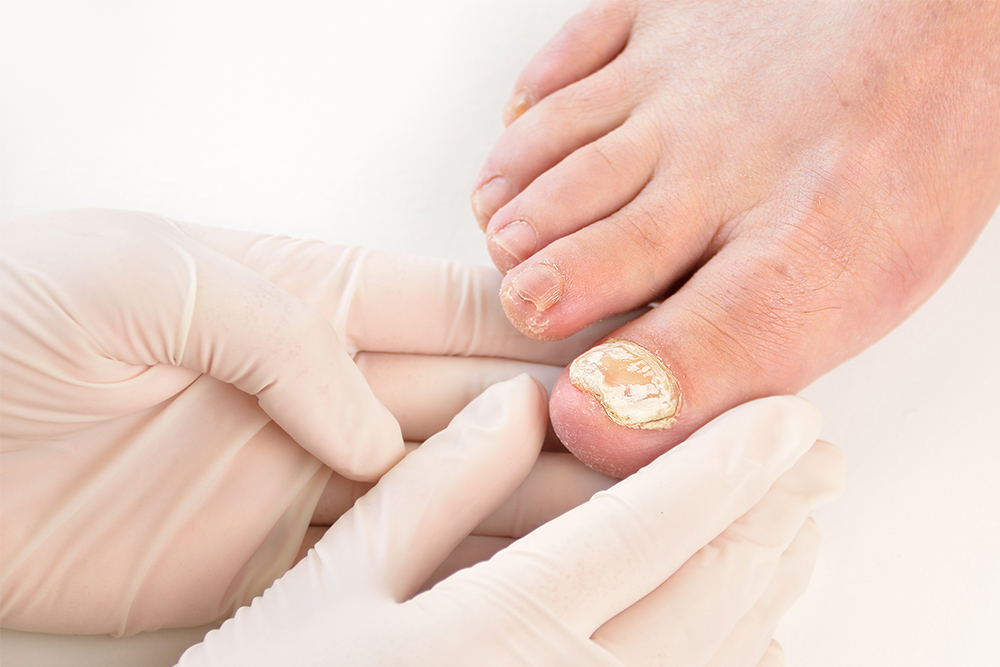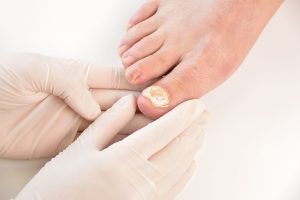
 Looking and feeling good is important. We take pride in our hair, skin and overall appearance for our health and confidence. The last thing we expect is to have issues with our toenails.
Looking and feeling good is important. We take pride in our hair, skin and overall appearance for our health and confidence. The last thing we expect is to have issues with our toenails.
Fungal nails, or in medical terminology, Onychomycosis, is a common condition that can affect both the fingernails and toenails, but is more often seen in toenails. In fact, around 10% of Australians experience fungal toenails in their lifetime. Typically, fungal toenails do not cause great harm but are cosmetically unsightly. They can appear white, yellowish or various shades of brown and can have a slight odour. With sandal seasons approaching, the last thing you want to do is cover your toes!
Fungal infections come from the same germs that cause tinea of the skin. The fungi (or dermatophytes) are parasites that feed off the nail (made up of the protein keratin). The process isn’t dissimilar to the way termites can invade timber in a home. The infestation of fungi in the nail eventually weakens the nail and causes it to split and become brittle.
Fungal toenail infections can quickly spread to other nails and your skin. It can lead to other nail pathologies including ingrowing nails and secondary bacterial infections.
If you are experiencing the above symptoms, the best thing to do is to see your local Podiatrist for an assessment and treatment plan. A common mistake many women make is covering their infection with nail polish, which can only aggravate the condition and create an even better environment for the fungus to continue to grow. Understanding the causes of fungal nails can help prevent the spread and recurrence of infection.


